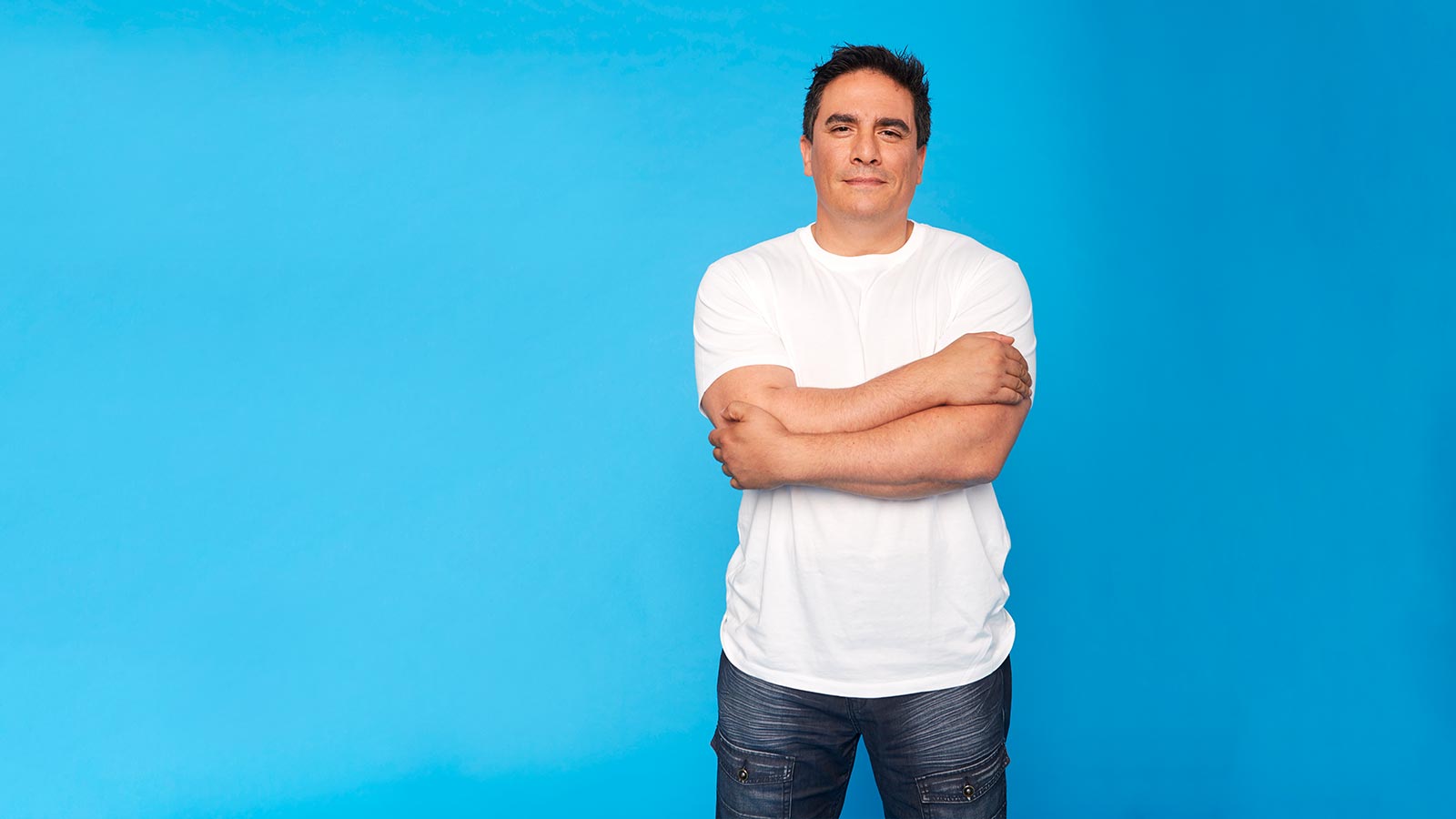Your super fund invests your money for you. Most funds let you choose from a range of investment options, from conservative to growth.
Superannuation is one of the largest investments you will ever have, so it's worth taking the time to check your options and decide what's right for you. The options you choose can make a big difference to how your super grows.
You can find out about your fund's investment options by checking its website or product disclosure statement (PDS).
Most funds allow you to change your super investment options online.
Pre-mixed investment options
Growth
- Investment mix: around 85% in shares or property, and 15% in fixed interest or cash. Or 100% in shares or property for a 'high growth' option.
- Returns: Aims for higher average returns over the long term. This also means higher losses in bad years than those you would experience with lower risk options.
Balanced
- Investment mix: around 70% in shares or property, and 30% in fixed interest and cash. Or 'moderate' option with 50% in shares and property.
- Returns: Aims for reasonable returns, but less than growth funds to reduce risk of losses in bad years. Those losses usually occur less frequently than in the growth option.
Conservative
- Investment mix: around 30% in shares and property, and 70% in fixed interest and cash.
- Returns: Aims to reduce the risk of loss and therefore accepts a lower return over the long term. There is less chance of having a bad year than in the balanced or growth options.
Cash
- Investment mix: 100% in deposits with Australian deposit-taking institutions or in a 'capital guaranteed' life insurance policy.
- Returns: Aims to guarantee your capital and accumulated earnings cannot be reduced by losses on investments.
Ethical
This option aims to screen out investments in companies that don't meet certain environmental, social and governance standards. An ethical option can sit anywhere on the risk spectrum — from high growth to conservative.
Choose-your-own investment options
Some super funds let you choose the mix of different asset types or pick direct investments. This is known as a 'choice' super product.
For example, you may favour international over Australian shares, and allocate a percentage of your funds to reflect that. Or, you might choose direct investments, such as shares, exchange traded funds or term deposits.
MySuper
If you have a MySuper account, you'll most likely have a balanced, single diversified option.
Single diversified investment option
This is how most MySuper accounts work. Your fund puts your money in a standard mix of investments, and the investment approach stays the same for your whole life. These funds usually have a balanced or growth approach.
Lifecycle investment strategy
With this option, your fund will typically move your money from growth investments when you're young to more conservative investments when you're older.
Choose the right investment option
When choosing your investment option, consider:
- your age
- how comfortable you are with investment risk
- how long before you will be able to access your funds
Your risk comfort level
Think about how much investment risk you're comfortable with.
A higher growth option will have higher risk and experience more volatile returns over the short term. But it will usually achieve higher returns over the long term. A conservative option will offer lower risk but lower returns over the long term.
When you'll access your funds
Some people choose to be more conservative with their investments as they approach retirement to reduce the risk of their balance going down. Others choose to keep their investments in growth options seeking higher returns. There is no one correct approach.
Use our superannuation calculator
Change the investment option in the drop-down and compare the estimated super balance.

Pablo's super investment strategy
Pablo, 40, wants to retire when he is 60. To make this happen, he knows he has to build a nest egg. He has some shares and is paying off an investment property with his sister.
Pablo wants a super fund that offers relatively high returns over the long term. He is willing to tolerate the risk of negative returns in bad years. He chooses a growth option as he hopes the good years will outweigh the bad over the next 20.